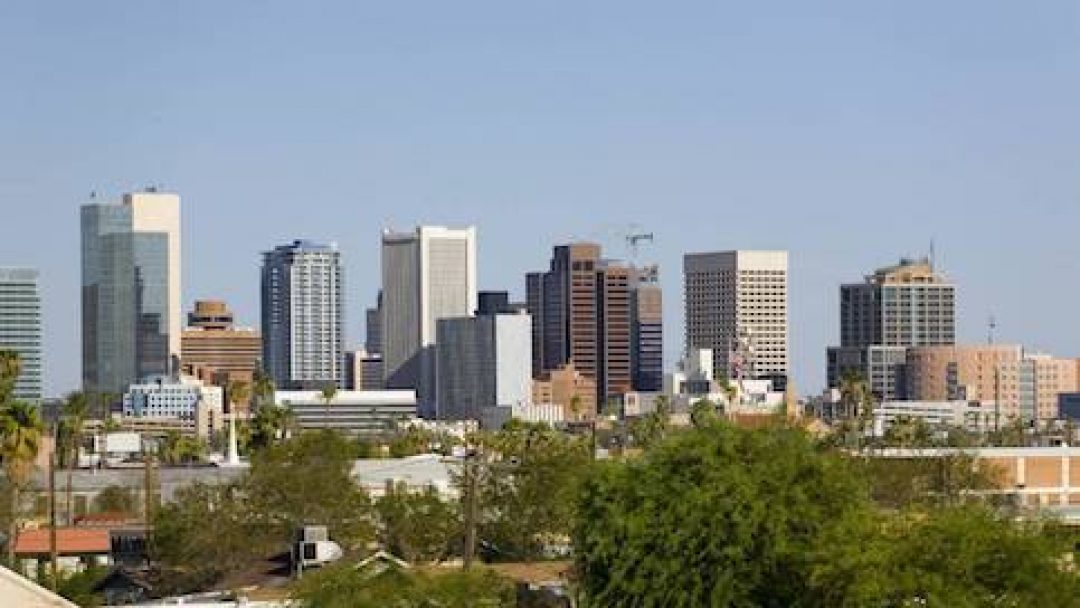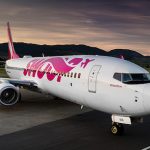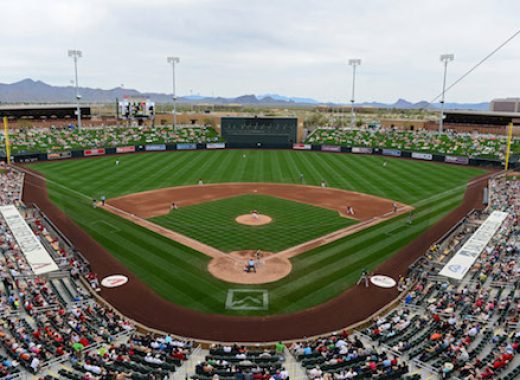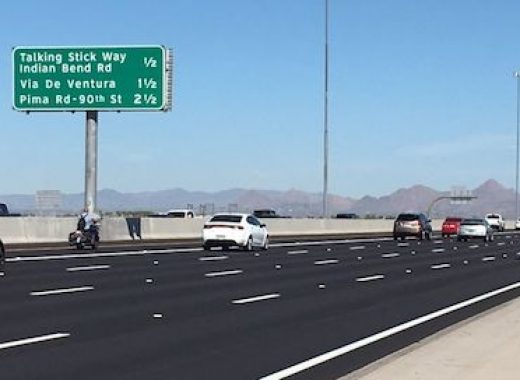Changes in the demographic make-up of Phoenix, Arizona has researchers looking at the population data from 2017 and going back to 2000. Geoscape took the contract for this study and classified the data by group and put it into a research report explaining the 42% increase in the population by group.
The population that actually saw the most increase through the years reported was the Asian group. In this 17 year period of time it saw almost a 200% increase. That is over two times the amount as in the rest of the nation.
In 2000 there were only 70k in the Phoenix Asian population. That number now is over 200k. Some think it should not be a shock then that numbers have started to catch up to the right proportions.
The next largest increase was in the Black population which came up almost 125% while the White population increased by only 20%.
The Latino demographic also showed a large increase: over 80% in the same 17 year period bringing the percentage up to almost 30. Half of the Latinos in Phoenix are not first generation and therefore have little of their original culture and language.
Not all of the expansion is due to new births. There has been a lot of people moving in from the midwest and even the northeastern regions of the U.S.
As far as where groups live, it was noted that Latino households were grouped in the middle of the city and to the west and south, while houses with mixed races or all white households had a tendency to be in the suburban areas.
The report also held a few other facts that were not related to ethnic background.
39 is the age average even though 27% of the area is millennials. A third of the city is currently childless couples who are married while another third is people living together who are unrelated. The average yearly income is $80k.
Changes in the demographic make-up of Phoenix, Arizona has researchers looking at the population data from 2017 and going back to 2000. Geoscape took the contract for this study and classified the data by group and put it into a research report explaining the 42% increase in the population by group.
The population that actually saw the most increase through the years reported was the Asian group. In this 17 year period of time it saw almost a 200% increase. That is over two times the amount as in the rest of the nation.
In 2000 there were only 70k in the Phoenix Asian population. That number now is over 200k. Some think it should not be a shock then that numbers have started to catch up to the right proportions.
The next largest increase was in the Black population which came up almost 125% while the White population increased by only 20%.
The Latino demographic also showed a large increase: over 80% in the same 17 year period bringing the percentage up to almost 30. Half of the Latinos in Phoenix are not first generation and therefore have little of their original culture and language.
Not all of the expansion is due to new births. There has been a lot of people moving in from the midwest and even the northeastern regions of the U.S.
As far as where groups live, it was noted that Latino households were grouped in the middle of the city and to the west and south, while houses with mixed races or all white households had a tendency to be in the suburban areas.
The report also held a few other facts that were not related to ethnic background.
39 is the age average even though 27% of the area is millennials. A third of the city is currently childless couples who are married while another third is people living together who are unrelated. The average yearly income is $80k.








